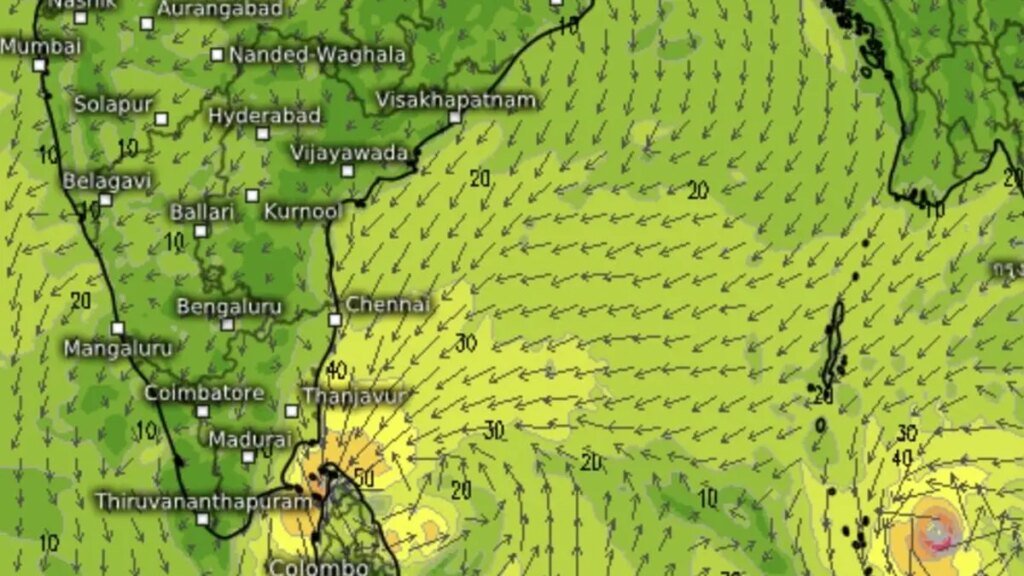Orthopaedic surgeon explains why arthritis becomes more painful in winter; shares 7 strategies to ease discomfort
For many people living with arthritis, winter is far from magical. Cold temperatures, falling barometric pressure, and reduced sunlight can intensify joint stiffness and pain, making flare-ups far more challenging to manage. Understanding why this happens – and how to ease the discomfort – can make the colder months much more bearable.
Dr Abhishek Vaish, consultant orthopedic surgeon, joint replacement and sports injury specialist from Indraprastha Apollo Hospital and Healing Touch Clinic, Okhla, New Delhi, told HT lifestyle, “Those with arthritis are harder hit by these chilly waves. As the temperature drops, the capillaries narrow, causing stiffness, joint swelling, and weariness. Additionally, their joints respond to an accumulation of pro-inflammatory chemicals, which complicates the situation.”
Why does this happen?
The following are a few causes of arthritis flare-ups during winter, as outlined by Dr Vaish:
- Winter increases the sensitivity of the pain receptors.
- Joint discomfort results from the air pressure dropping. When pressure drops, tissues swell, causing tension to accumulate between joints, resulting in discomfort.
- Colder temperatures cause greater muscular spasms, which exacerbates joint pain and stiffness.
- The cold decreases blood flow to the hands and feet, intensifying arthritic discomfort.
- Vitamin D levels drop throughout the winter months due to decreased sunlight, which also weakens bones and joints.
Ways to reduce pain
Dr Vaish outlines five effective tips to lessen pain during the colder months.
1. Staying warm
Dr Vaish notes that the most effective way to ease the pain is to stay warm, ideally in a temperature-controlled environment that shields you from the cold. He elaborates, “It is obvious that staying indoors in an environment with proper temperature control is the best method to prevent the cold. However, layering warm clothing made of quick-drying fabrics like wool is one of the greatest strategies to prevent cold weather aches and pains if you must go outside. Wearing long underwear could also help keep your lower extremities warm if you have arthritis in your hips or knees. Keep your feet and hands warm as well! Extra warm socks and a nice pair of insulated gloves can be helpful. You can also spend some time in a warm bath if you arrive home with joint ache from the cold.”

2. Remain active and preferably indoors
According to the orthopaedic surgeon, one of the most effective ways to prevent arthritis discomfort is through regular exercise – a habit that also supports overall wellbeing. Dr Viash notes, “Regular exercise helps to increase muscle strength, flexibility, and energy levels, all of which can assist to lessen joint discomfort. Your joints will be least stressed by low impact exercises.” He recommends the following exercises:
- Yoga
- Elliptical trainers or indoor cycling machines
- Aerobics
- Strength training
- Walk or run on treadmills or cushioned indoor tracks
If you’ve never exercised before, Dr. Vaish recommends, “You should start off slowly. Start out by exercising for about two to 10 minutes, twice daily. Rest well in between workouts. You can lengthen and intensify your workouts as you become more accustomed to your new pursuits.”
3. Use compression gear
The orthopaedician emphasises that compression gear is among the most effective tools for easing joint pain in people with arthritis. He explains, “For years, compression clothing such as arm sleeves, gloves, and socks has helped to ease joint pain. These things aid in boosting circulation, which has been proved to alleviate arthritis discomfort. Compression clothing can trap heat, acting as an additional layer to keep your hands and legs warm throughout the harsh winter months.”
4. Omega-3 fatty acids and vitamin D
Eating foods rich in vitamin D and omega-3s can strengthen bones and help reduce discomfort. But in winter, limited sun exposure lowers the body’s vitamin D production, leaving those with already low levels more prone to pain.
Dr Vaish recommends, “Adults should consume between 20 and 50 ng/mL of vitamin D daily. Consume meals high in omega-3 fatty acids, which are rich in vitamin D, such as salmon or mackerel. There are several items on the market that have been fortified with omega-3 fatty acids and vitamin D, such as milk and cereals. To enhance your consumption, you can also take fish oil and vitamin D pills. In fact, a teaspoon of cod liver oil can supply all of your daily needs for vitamin D.”
5. Keep a healthy weight
Dr Vaish stresses that maintaining a healthy weight is crucial for preventing aching joints, as excess load places unnecessary strain on them. He states, “According to studies, brown adipose tissue, which emits pro-inflammatory chemicals that might harm joints, is more common in individuals with high body mass indices (BMIs). Additionally, autoimmune disorders like rheumatoid and psoriatic arthritis can be brought on by inflammation. Additionally, obesity has been associated with a rise in knee arthritis cases. The greatest strategies to maintain a healthy weight are through a nutritious diet and an active lifestyle.”
Note to readers: This article is for informational purposes only and not a substitute for professional medical advice. Always seek the advice of your doctor with any questions about a medical condition.



